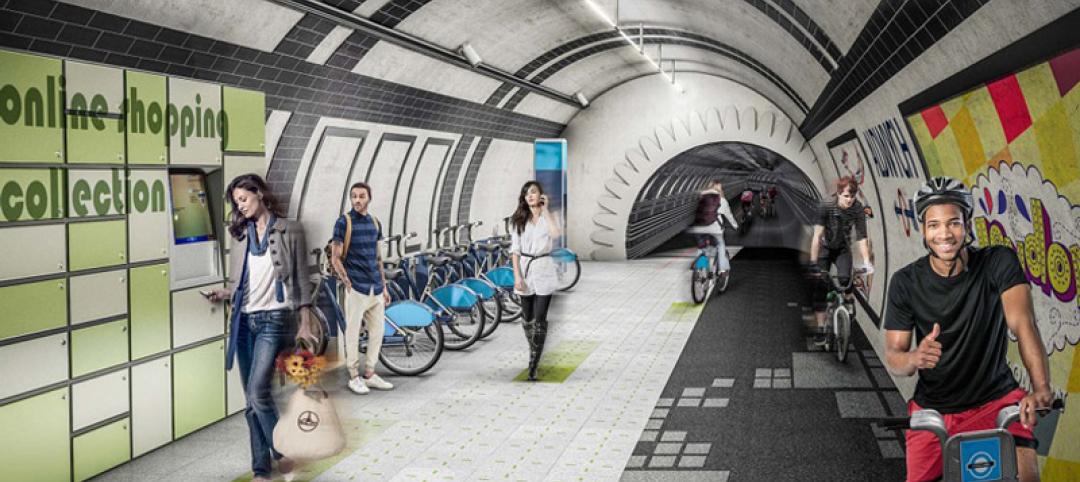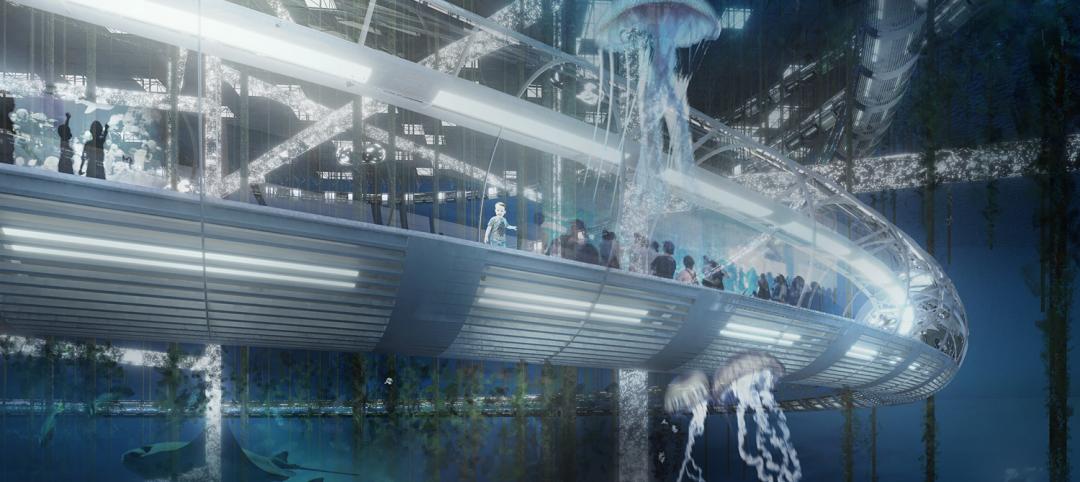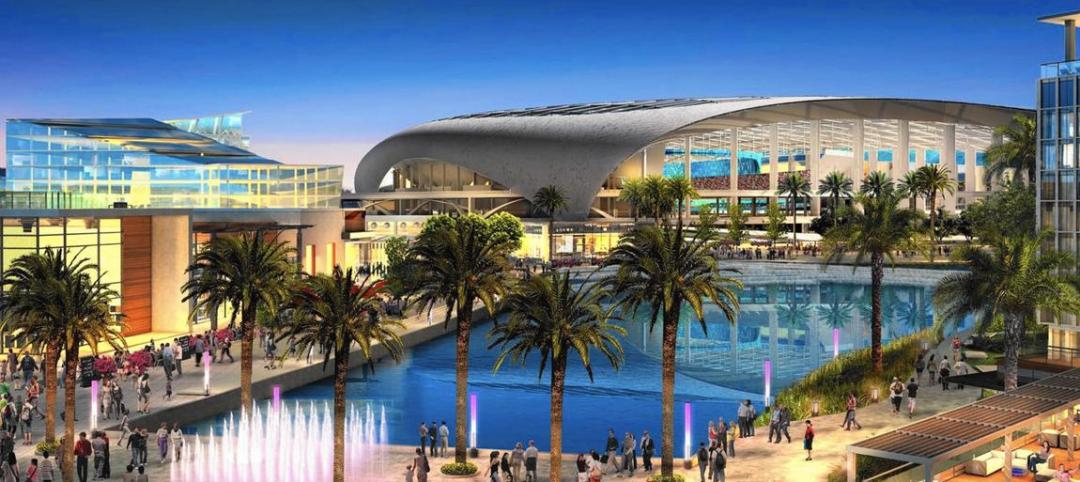The Aston Martin Cognizant Formula One Team has recently broken ground on a new headquarters in Northamptonshire, England. The project, which represents the first all-new F1 factory in the UK since the McLaren Technology Centre opened in 2004, is being designed by Ridge and Partners LLP.
The project will span 400,000 sf across multiple buildings, including a factory and a wind tunnel. The three-unit factory will be built just across the street from the Silverstone Grand Prix Circuit. One building will house the team’s design, manufacturing and marketing resource; a second building will be occupied by the new wind tunnel; and the third will redevelop and repurpose the existing factory premises as a central hub with staff amenities and a logistics center. The new headquarters will house every manufacturing resource within a single campus for the first time in Aston Martin’s history.

The new wind tunnel will use the latest steel-belt rolling-road system and a state-of-the-art flow-imaging section area. The site will incorporate the wind tunnel, model support, and production facilities. The commissioning of the wind tunnel is due to start in Q3 2023.
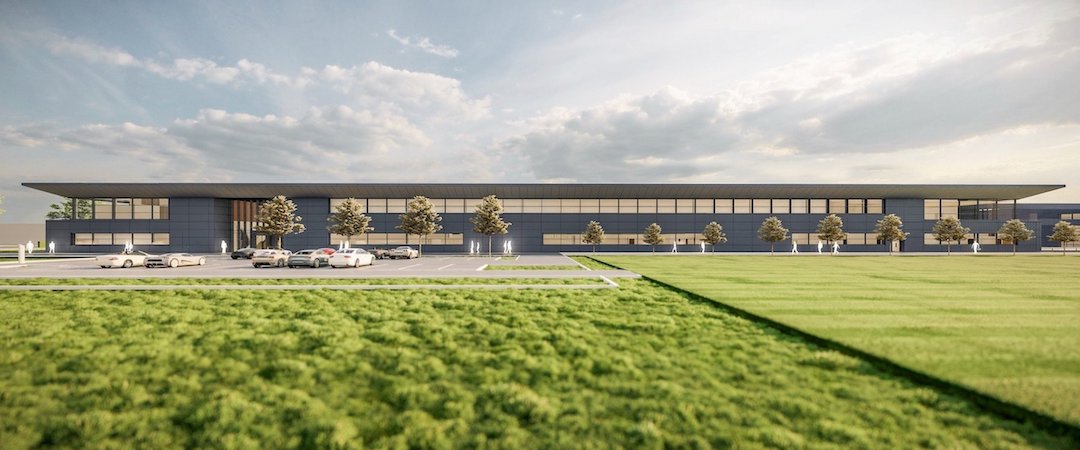
The project also claims to be the first “smart factory” in Formula One. It has been designed from the ground-up to be a wireless, adaptive, streamlined facility with all of its information streams, monitoring systems, and manufacturing processes tied together via data in the cloud. The technology will give the headquarters the ability to constantly adapt to the cyclical manufacturing processes of a Formula One team.
The new headquarters is slated for completion in late 2022 or early 2023.
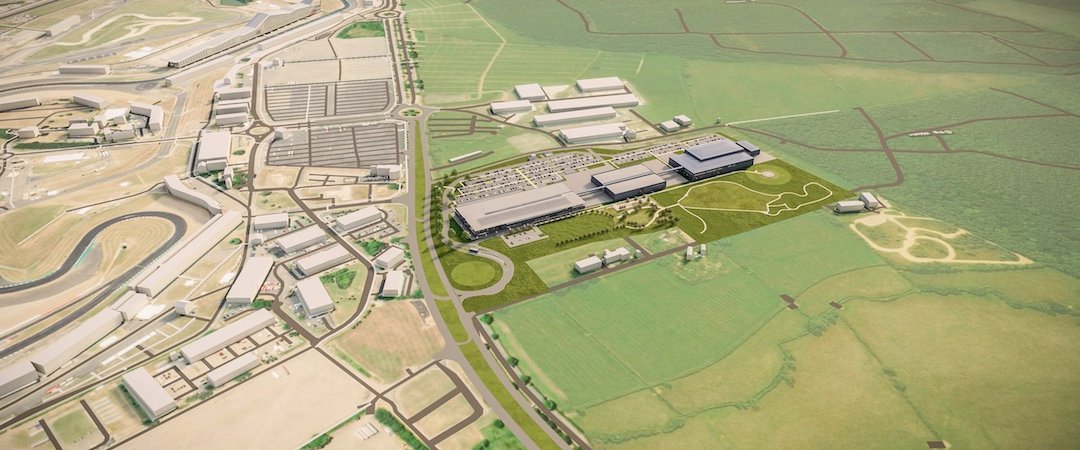

Related Stories
Mixed-Use | Feb 13, 2015
First Look: Sacramento Planning Commission approves mixed-use tower by the new Kings arena
The project, named Downtown Plaza Tower, will have 16 stories and will include a public lobby, retail and office space, 250 hotel rooms, and residences at the top of the tower.
Codes and Standards | Feb 12, 2015
New Appraisal Institute form aids in analysis of green commercial building features
The Institute’s Commercial Green and Energy Efficient Addendum offers a communication tool that lenders can use as part of the scope of work.
Transit Facilities | Feb 12, 2015
Gensler proposes network of cycle highways in London’s unused underground
Unused tube lines would host pedestrian paths, cycle routes, cultural spaces, and retail outlets.
Cultural Facilities | Feb 6, 2015
Under the sea: Manmade island functions as artificial reef
The proposed island would allow visitors to view the enormous faux-reef and its accompanying marine life from the water’s surface to its depths, functioning as an educational center and marine life reserve.
Sports and Recreational Facilities | Feb 4, 2015
Arup unveils plans for the new A.C. Milan stadium
The venue will include a modern stage for the home matches together with a hotel, sports college, restaurants, children’s playground, green areas, and spaces open to the city and dedicated to public use.
| Jan 16, 2015
Artsy lifeguard stations will brighten Toronto’s snowy beach
Five winning designs have been unveiled for lifeguard stands that will double as public space art installations on Toronto's beach.
| Jan 15, 2015
Libeskind unveils 'zig zag' plan for recreational center near Vilnius ski area
Perched on the highest peak between Vilnius' historic quarter and downtown, the Vilnius Beacon will be a hub for visiting skiers and outdoor enthusiasts.
| Jan 7, 2015
4 audacious projects that could transform Houston
Converting the Astrodome to an urban farm and public park is one of the proposals on the table in Houston, according to news site Houston CultureMap.
| Jan 5, 2015
Another billionaire sports club owner plans to build a football stadium in Los Angeles
Kroenke Group is the latest in a series of high-profile investors that want to bring back pro football to the City of Lights.
| Jan 5, 2015
Beyond training: How locker rooms are becoming more like living rooms
Despite having common elements—lockers for personal gear and high-quality sound systems—the real challenge when designing locker rooms is creating a space that reflects the attitude of the team, writes SRG Partnership's Aaron Pleskac.




